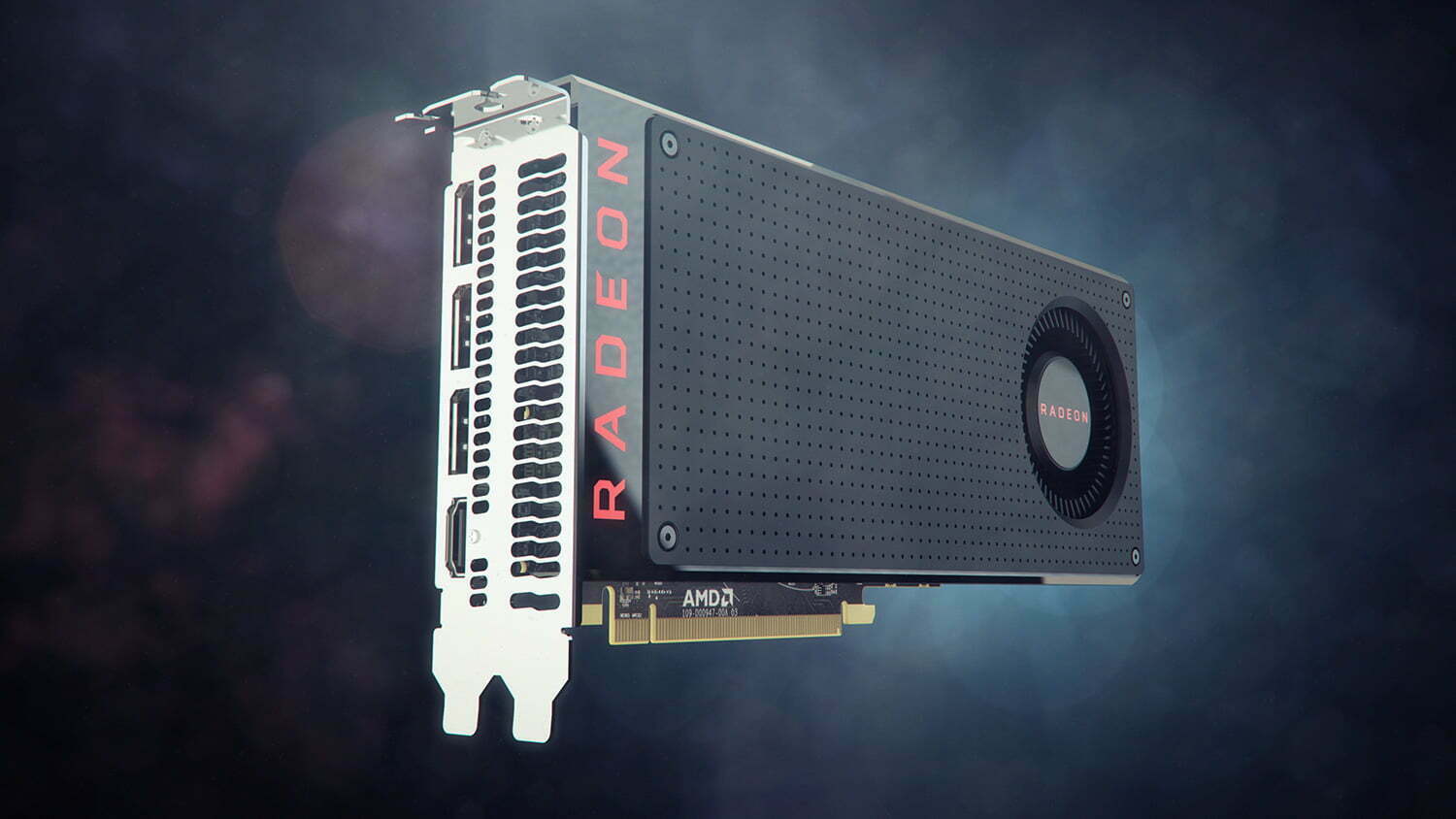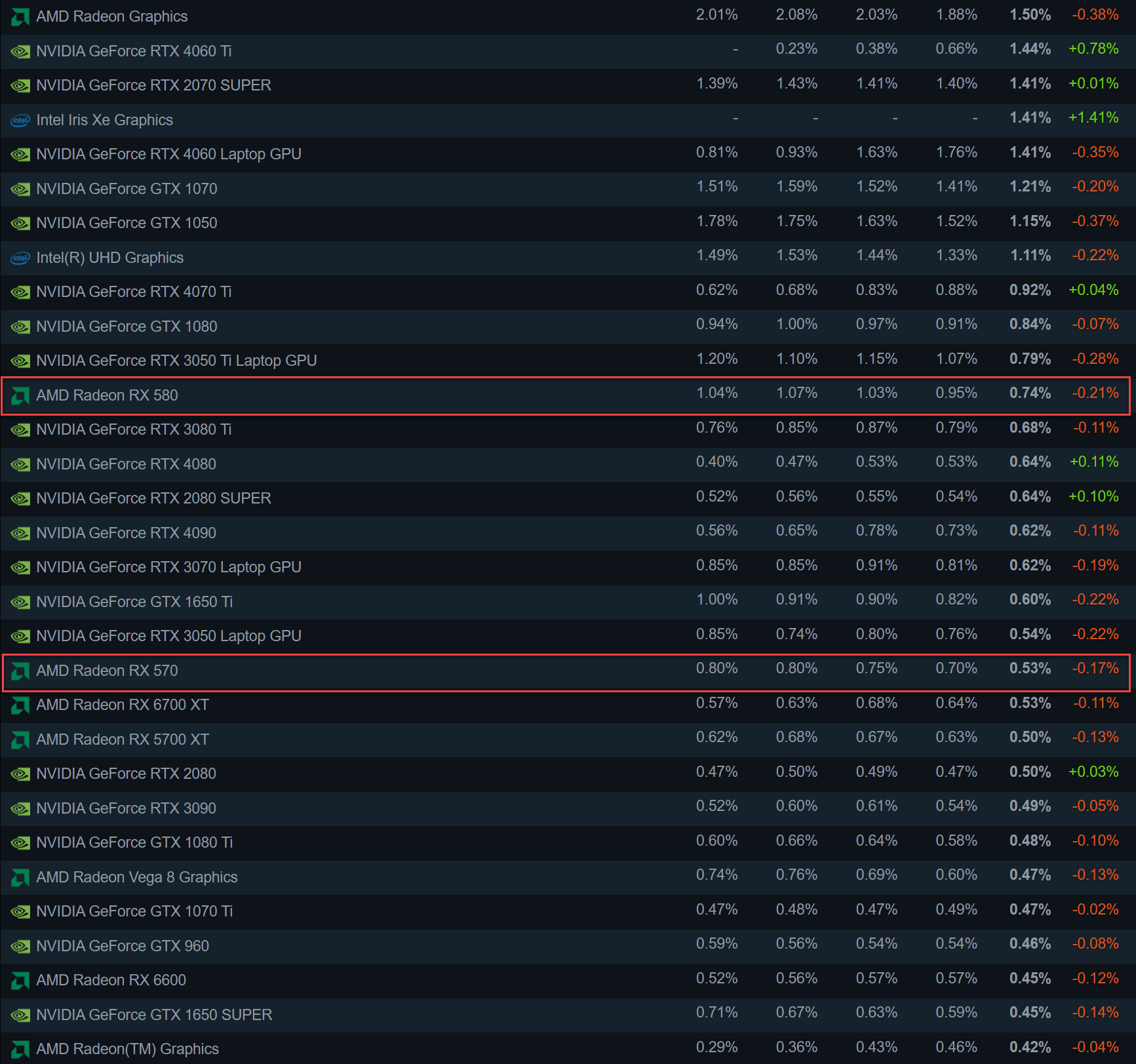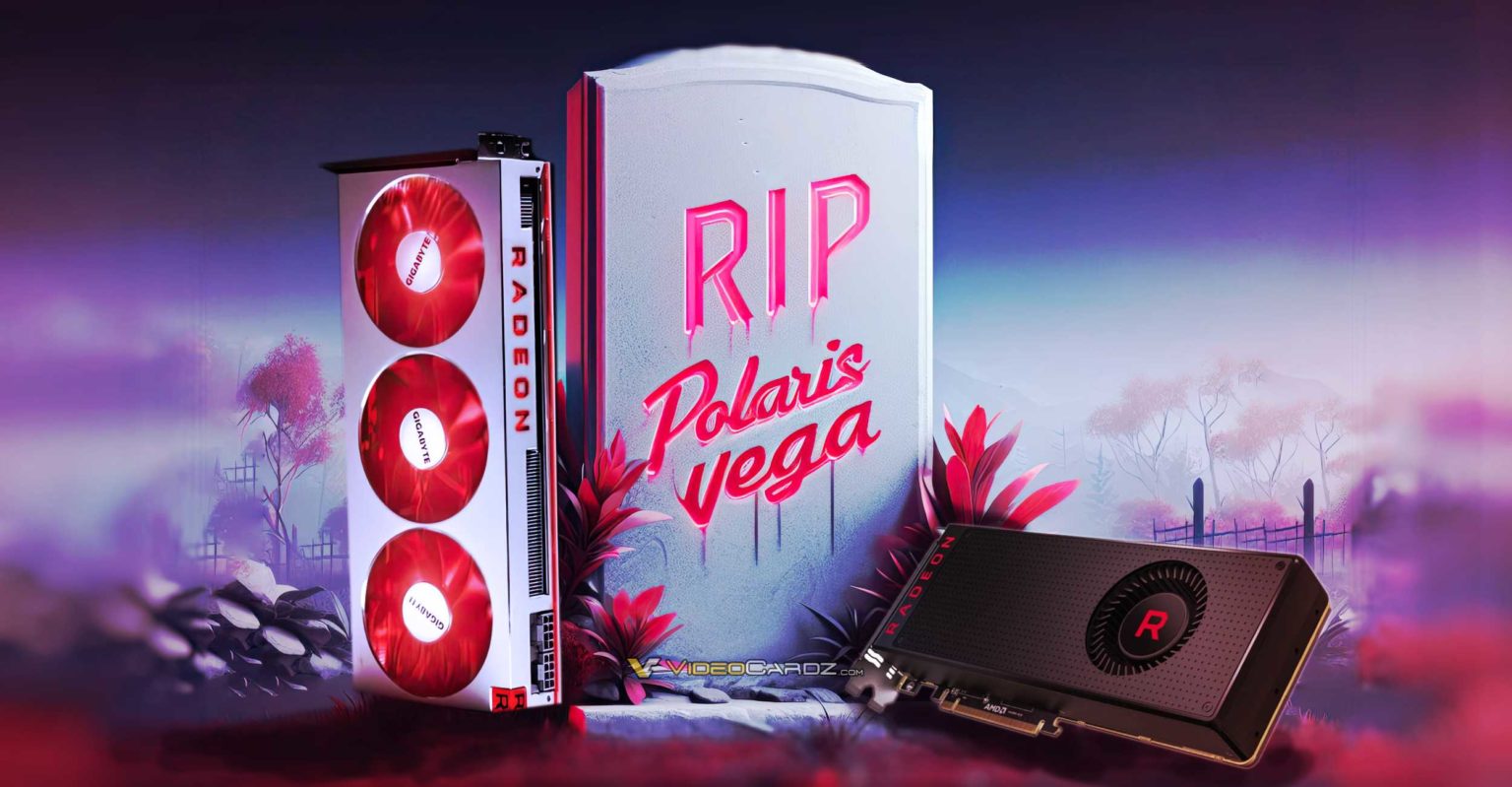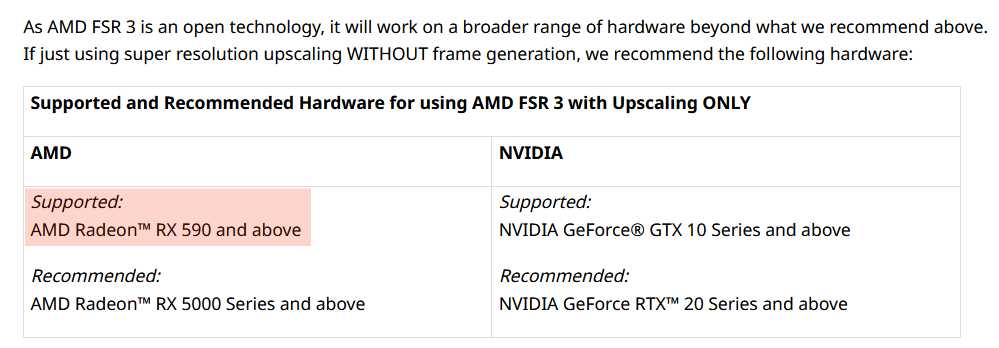Learn about AMD’s Polaris architecture updates and their impact on your system’s performance
AMD Polaris architecture updates 2023
In the dynamic realm of computer hardware and technology, it is usual for businesses to make choices that have an effect on their product portfolios. AMD, a prominent participant in the graphics card industry, has declared a noteworthy modification to its Polaris and Vega designs. We will examine these architectures, the ramifications of AMD’s choice, and potential user effects in this post.

Introduction(AMD Polaris architecture updates 2023)
In the realm of graphics processing units (GPUs), AMD is a well-known brand that has always led the way in terms of performance and innovation. Professional workstations and gaming experiences have benefited greatly from their Polaris and Vega designs. AMD did, however, just reaffirm that these architectures will only get essential upgrades going forward.
AMD’s Polaris Architecture
What is the Polaris architecture?
AMD created the GPU microarchitecture known as Polaris. When it was originally released in 2016, the goals were energy efficiency and great performance. Because of their cost and power balance, gamers and content makers embraced Polaris-based GPUs.
Polaris architecture features
Among the Polaris architecture’s salient characteristics are:
FinFET Technology: By using a 14nm FinFET manufacturing process, Polaris GPUs were among the first to increase performance and efficiency.
AMD refreshed Polaris” with a number of versions, including the Polaris 10 and Polaris 20, which have varying performance and feature sets.
AMD’s Vega Architecture
What is the Vega architecture?
Another microarchitecture created by AMD and unveiled in 2017 is the Vega architecture. It was intended for use in gaming, content production, and high-performance computing. Vega-based GPUs were renowned for having cutting-edge functions and features.

Vega architecture features
Notable features of the Vega architecture include:
- High Bandwidth Cache: Vega GPUs featured a high bandwidth cache controller, reducing latency and improving memory access.
- HBM2 Memory: The use of HBM2 (High Bandwidth Memory 2) technology allowed for substantial memory bandwidth, benefiting gaming and content creation tasks.
The Future of Polaris and Vega
AMD’s decision to limit future updates to critical ones for the Polaris and Vega architectures indicates a shift in their focus. This decision implies that these architectures may no longer receive regular driver updates, optimizations, and new features.
Implications for Users
Impact on gaming and performance
For gamers and professionals using Polaris and Vega-based GPUs, the reduced support means that they might not benefit from the latest gaming optimizations, bug fixes, and new features. Over time, this could affect the performance and compatibility of these GPUs with upcoming games and software.
Alternative options
If users are interested in staying current with GPU capabilities and technologies, they should look at AMD’s more recent designs or consider moving to another manufacturer’s alternative. This might be a chance for them to update their hardware for more productive and enjoyable gaming sessions.
Conclusion
In conclusion, AMD’s decision to limit future updates to critical ones for the Polaris and Vega architectures marks a change in their approach to GPU support. While these architectures have served users well, the shift towards newer technologies is inevitable. It’s essential for users to consider their future GPU needs and explore alternative options if necessary.
FAQs
What are Polaris and Vega architectures?
Polaris and Vega are GPU microarchitectures developed by AMD for graphics cards.
Why is AMD making this decision?
AMD is shifting its focus to newer GPU architectures, leading to limited future updates for Polaris and Vega.
How will this affect gamers?
Gamers may experience reduced support for their Polaris and Vega GPUs, impacting performance and compatibility with new games.
Can users still expect support for their GPUs?
Yes, AMD will provide critical updates, but regular driver updates and optimizations may be limited.
Are there any upgrade options for affected users?
Users can explore newer AMD architectures or consider alternatives from other GPU manufacturers to stay up-to-date with the latest technologies.


